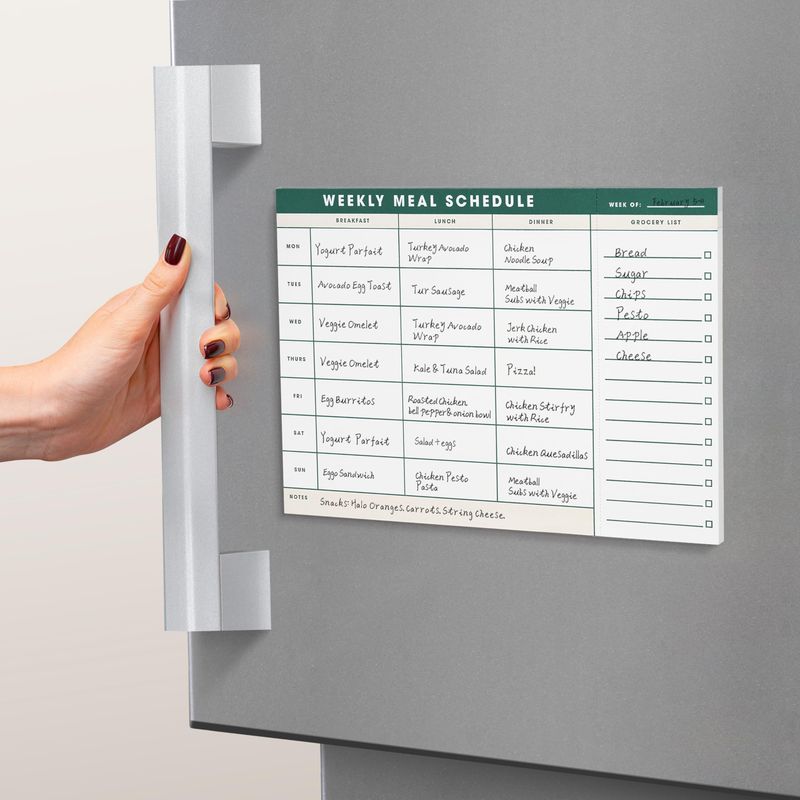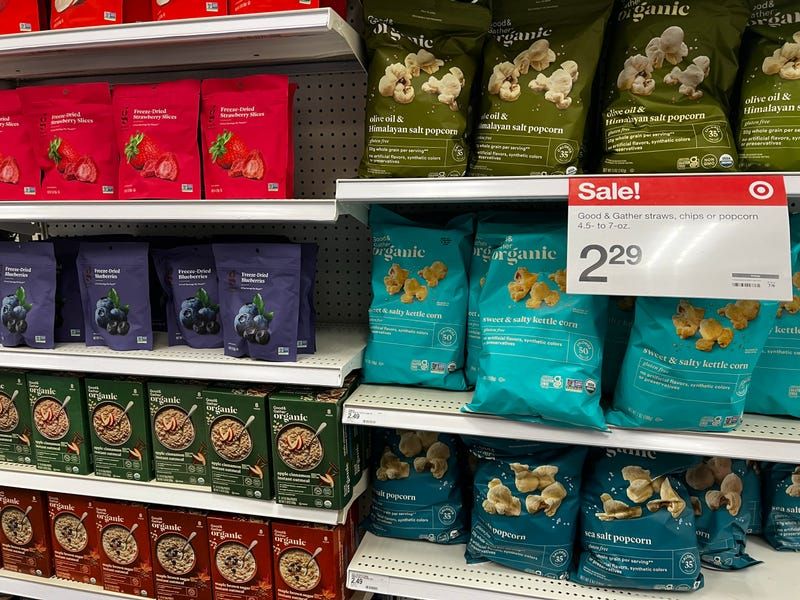In today’s economy, even high earners are seeking ways to tighten their belts when it comes to grocery shopping. This shift in behavior reflects a growing awareness of the importance of financial prudence, regardless of income level. As prices continue to rise, these individuals are adopting innovative strategies to make every dollar count. From leveraging technology to embracing loyalty programs, the methods being embraced are as diverse as they are effective. The following seven strategies highlight how even those with substantial incomes are taking a more calculated approach to grocery shopping, ensuring their spending aligns with broader financial goals.
1. Embracing Technology and Apps

With the rise of digital solutions, high earners are turning to grocery rebate apps like Fetch and Ibotta. These platforms offer cashback on everyday purchases. What makes them appealing is their ability to stack with traditional store coupons, amplifying savings. Imagine earning cash for sticking to your usual shopping list! These apps are not just tools; they’re companions in a cost-saving journey, offering both convenience and financial reward.
By blending technology with shopping habits, consumers are redefining what it means to shop smart in the digital age.
2. Joining Loyalty Programs

Store-specific loyalty programs are a treasure trove of savings for the savvy shopper. High earners realize the potential of these programs to unlock exclusive discounts and personalized offers. Enrolling is simple, yet the rewards can accumulate significantly over time.
It’s not just about the savings; it’s about feeling valued as a customer. These programs transform routine shopping into a rewarding experience, offering benefits that extend beyond the checkout lane.
3. Buying in Bulk

Warehouse clubs like Costco and Sam’s Club are becoming indispensable for those aiming to economize on groceries. High earners are discovering the merits of buying in bulk, especially for non-perishables that are frequently used. This approach not only reduces cost per unit but also ensures a well-stocked pantry.
The bulk-buying strategy combines practicality with savings, making it a smart choice for managing household budgets effectively. It redefines the concept of value shopping, focusing on long-term benefits rather than immediate gratification.
4. Planning Meals and Shopping Lists

Strategic meal planning is not just about organizing meals; it’s about optimizing grocery spending. For high earners, this means crafting detailed shopping lists and sticking to them. This discipline helps avoid impulse purchases and reduces food waste, contributing to efficient spending.
By turning meal planning into a family activity, it becomes more than just a task; it’s a shared goal. This organized approach leads to healthier choices and a more streamlined shopping experience, proving that a little planning can go a long way.
5. Opting for Generic or Store Brands

Choosing store-brand products over name brands presents a smart, cost-effective choice. High earners are embracing these alternatives, finding that quality often matches or exceeds expectations. This switch is about more than savings; it’s about making informed choices.
Generic brands challenge the perception of value, offering similar products at a fraction of the cost. For those mindful of their spending, this represents both a financial and philosophical shift, emphasizing that quality doesn’t always carry a high price tag.
6. Shopping Sales and Discounts

Sales and discounts are no longer the realm of the budget-conscious alone. High earners are keenly attuned to weekly sales, coupons, and promotional offers. This approach allows them to purchase quality products at reduced prices, making the shopping experience both exciting and rewarding.
For those who love a good deal, shopping sales becomes an enjoyable challenge. It’s about timing, strategy, and seizing opportunities, proving that savings can be both significant and satisfying.
7. Reducing Meat Consumption

Shifting towards plant-based meals is a trend gaining traction among high earners. Reducing meat consumption not only cuts grocery bills but also introduces culinary variety. Embracing plant-based options is more than a dietary change; it’s a lifestyle choice that promotes health and sustainability.
This shift encourages creativity in the kitchen, allowing individuals to explore new flavors and cooking techniques. It’s about reinventing meal times, making them both economical and enjoyable, without compromising on taste or nutrition.

Well, hello there!
My name is Jennifer. Besides being an orthodontist, I am a mother to 3 playful boys. In this motherhood journey, I can say I will never know everything. That’s why I always strive to read a lot, and that’s why I started writing about all the smithereens I came across so that you can have everything in one place! Enjoy and stay positive; you’ve got this!

